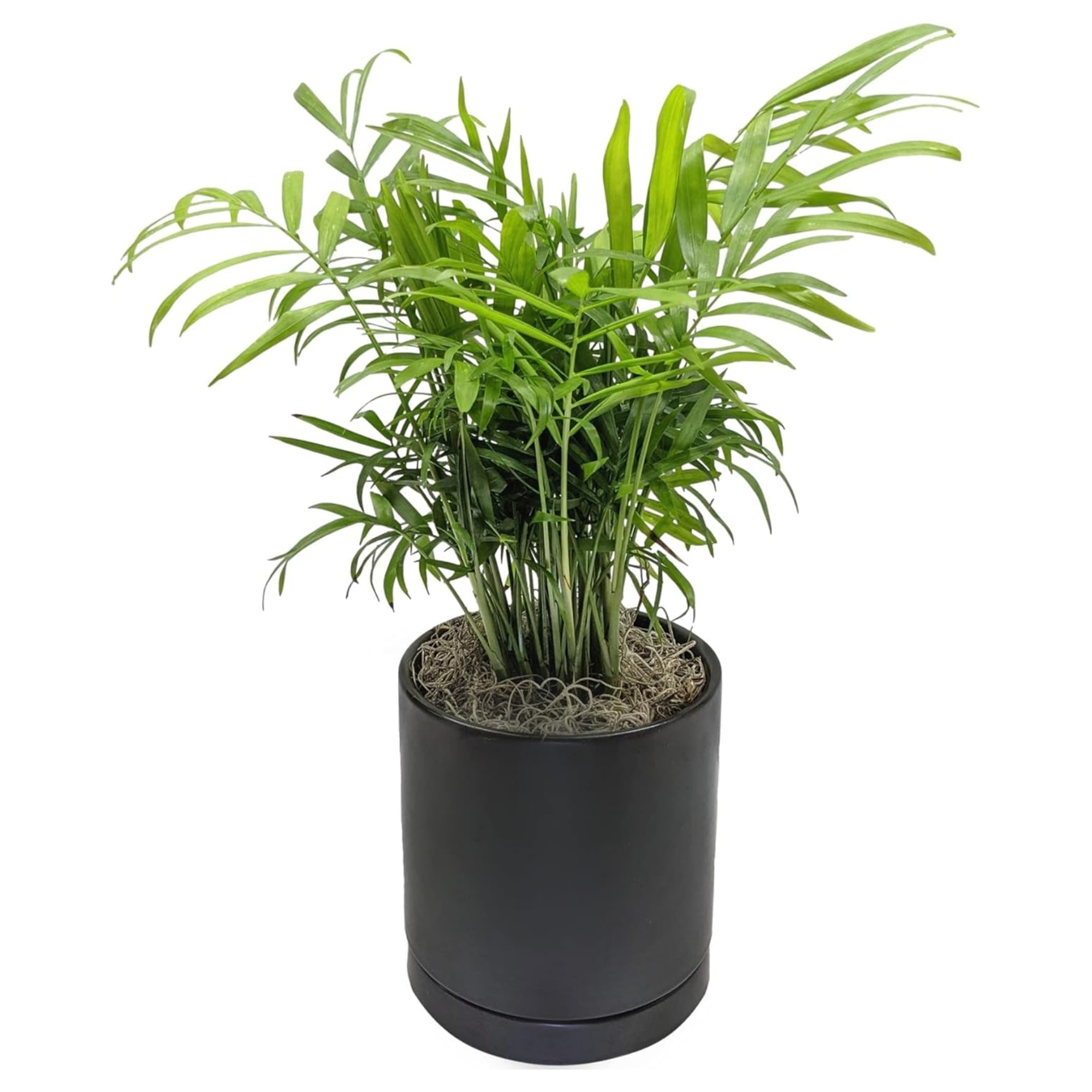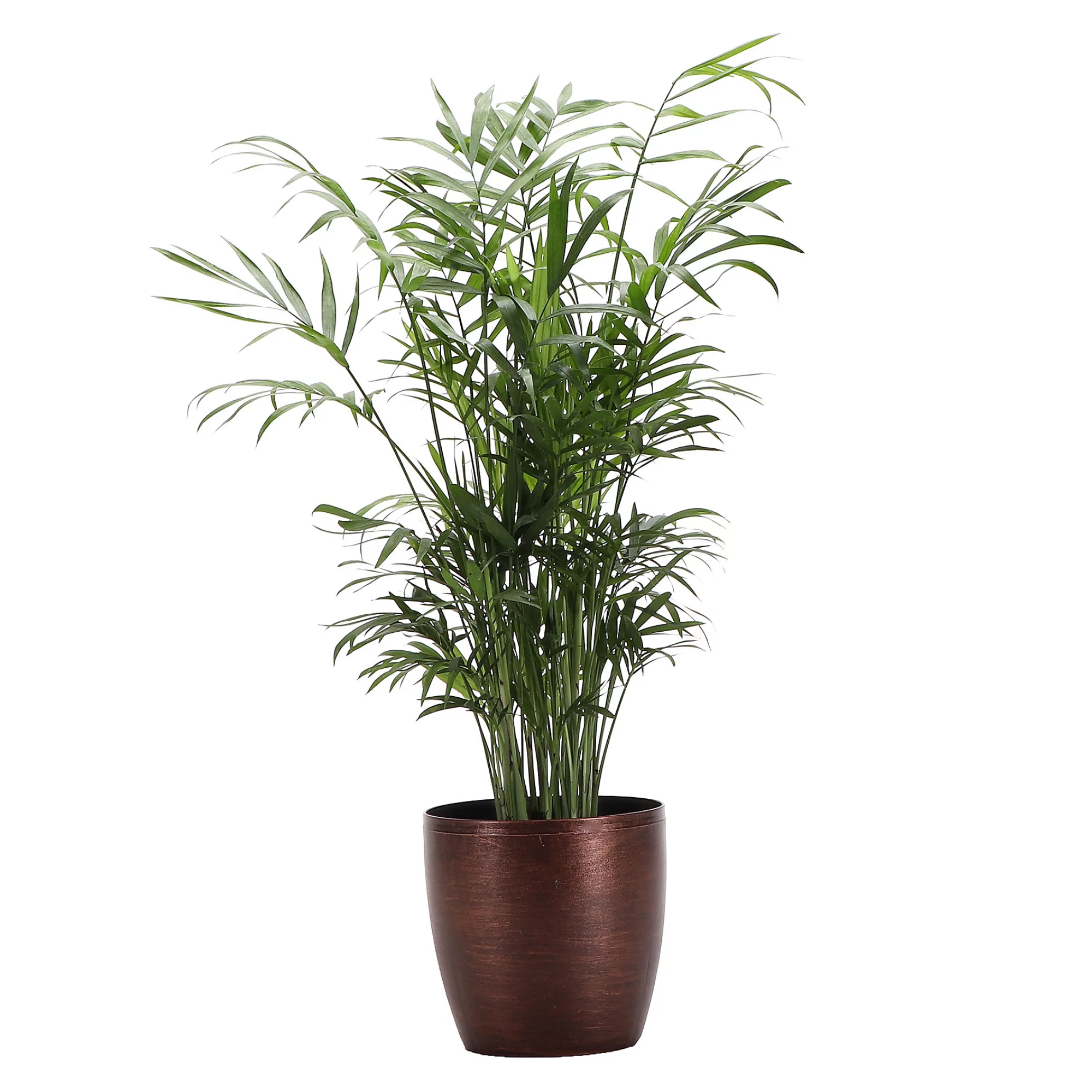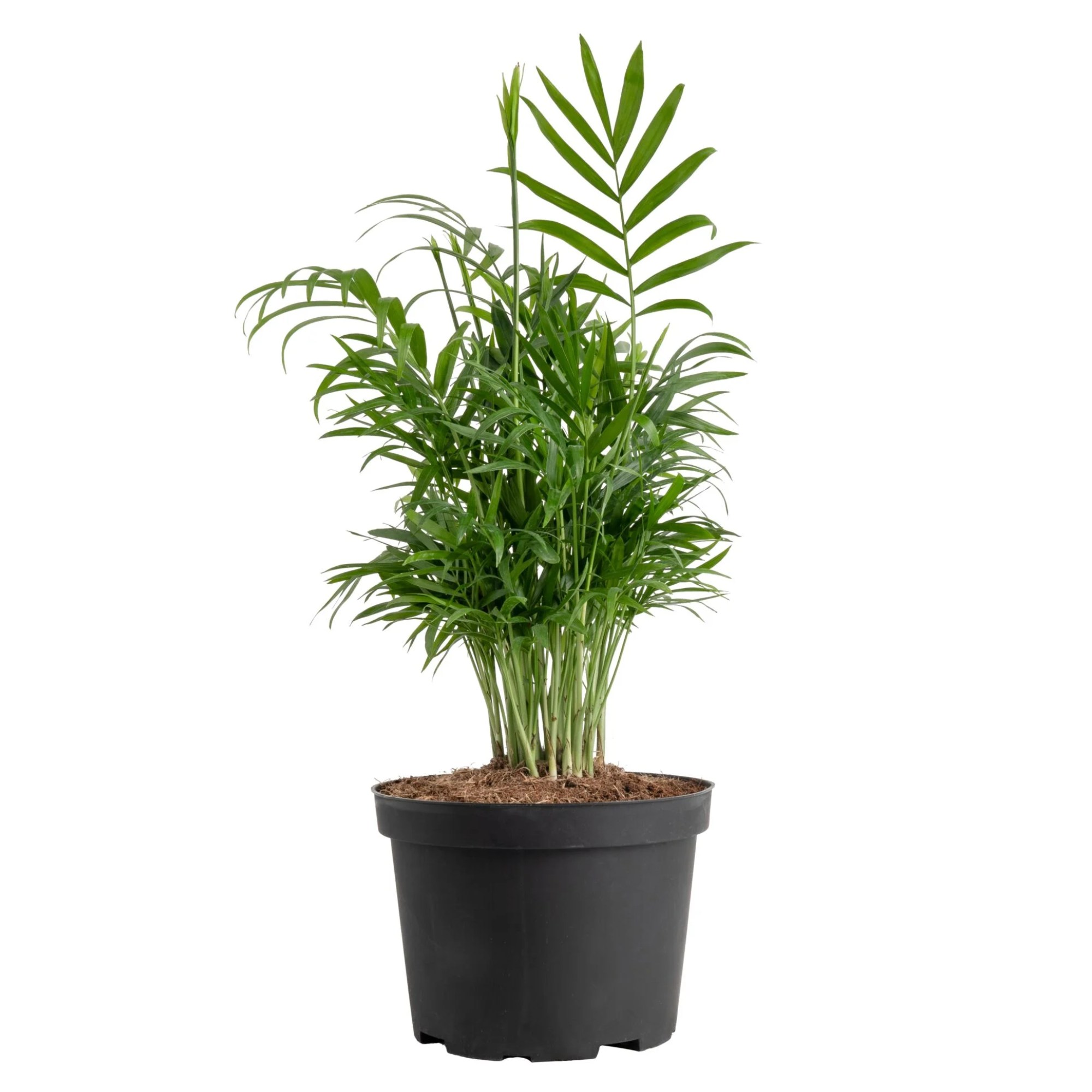What Are the Common Parlor Palm Problems? There Are 3, and This Is How You Can Solve Them
It's time to protect this beautiful indoor grow from these common afflictions with these clever care practices
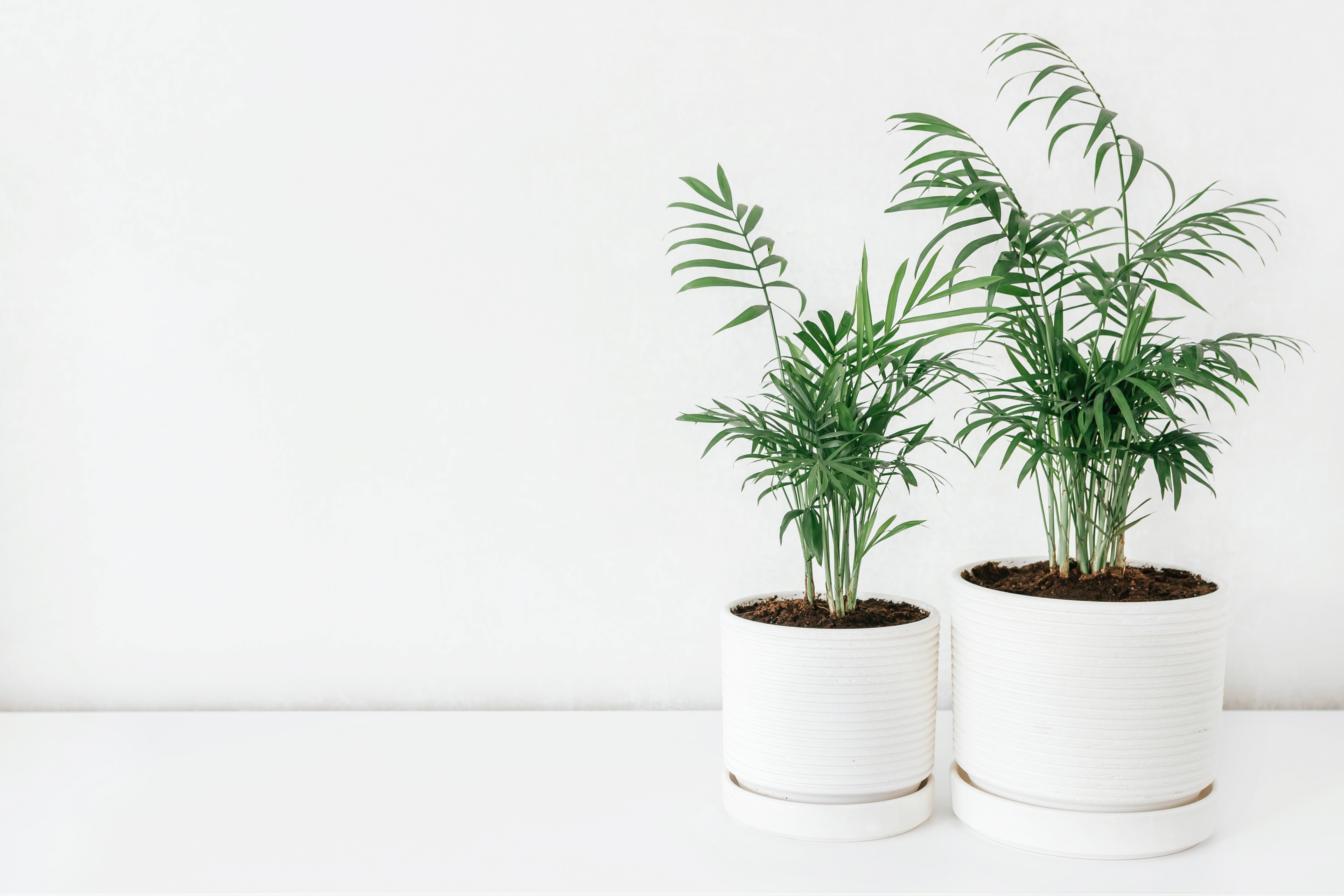

With their gorgeous green fronds and tall willowing stems, parlor palms are a stylishly versatile houseplant. They're popular indoor garden additions and for good reason —they're easy to care for, air purifying, chic-looking... the list goes on.
When it comes to parlor palm care, generally, there isn't much to worry about either. That said, there comes a day with almost every plant when you find your crop looking less in spirit than it did the day before.
To arm you with the knowledge you need if and when such a day arrives, we've collected genius tips on how to help your parlor palm triumph over any ailment. We've covered all the bases, from fungal and physiological ailments to pest problems. After all, prevention is better than cure, even in the plant world.
1. Fungal Trouble

Although the parlor variety is one of the easiest indoor palm trees to look after, houseplant expert Vladan Nikolic tells us that fungal troubles can sometimes affect parlor palms, leading to their decline. Here's an outline of what to expect and how to get ahead of any problems.
Leaf Spot
Vladan tells us that leaf spot causes the appearance of circular or elongated reddish-brown or black spots on the fronds. He points out that the spots often have a yellow halo around them, making them easy to identify.
"Leaf spot usually doesn’t kill the plant, but it’s unsightly, so it’s best to prevent it with proper watering," he says. "Simply keep the fronds as dry as possible, and don’t use sprinklers or overhead watering."
He also finds that copper-based fungicides are great for stopping leaf spots. We recommend this Grower's Ally Fungicide Plant Spray from Amazon.
The Livingetc newsletters are your inside source for what’s shaping interiors now - and what’s next. Discover trend forecasts, smart style ideas, and curated shopping inspiration that brings design to life. Subscribe today and stay ahead of the curve.
Pink Rot
Next on the list of possible fungal diseases is gliocladium stem blight. Commonly known as pink rot, Vladan tells us that it causes stem girdling, dark brown necrotic lesions near the base of the stem, and pinkish spore masses.
"Pink rot leads to spotting and rotting on almost all plant parts," he notes. "It’s an invasive and aggressive disease, which often results in plant death."
According to Vladan, the best way to prevent it is to use copper fungicides for prevention and to keep the fronds dry by avoiding overhead watering. He also finds that systemic fungicides, such as thiophanate methyl, can be used to treat symptomatic palms.
If you find that your parlor palm has been affected by pink rot, it's worth treating it with a fungicide like this Southern Ag Thiomyl Ornamental Systematic Fungicide from Amazon.
Root and Bud Rot
Vladan tells us that root and bud rot are commonly caused by several species of phytophthora fungi. "The symptoms of an infected palm include brown and rotting fronds, as well as decayed roots," he says.
Unfortunately, once the symptoms are present, Vladan finds that treatment is generally ineffective, and the plants usually have to be discarded to prevent further pathogen spread.
However, he also tells us that if the symptoms are caught early, you might be able to revive a dying palm plant with prompt repotting and pruning of the diseased tissue.
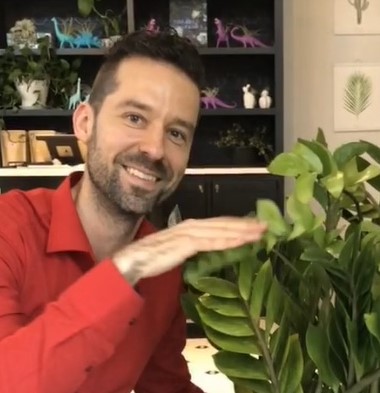
Vladan Nikolic aka Mr. Houseplant is a houseplant care expert with over 10 years of experience. He is the founder of the indoor plant care blog and a green-thumbed digital creator who helps newcomers into the houseplant world become great plant parents.
2. Physiological Problems

Parlor palms sometimes face physiological problems, most of which are easily remedied. Vladan outlines the most popular physiological problems and how to effectively treat these beautiful houseplants in good time.
Magnesium Deficiency
According to Vladan, magnesium deficiency is a common issue in palms, manifesting over time as marginal yellowing of the oldest leaves. This awful color transition gradually moves upwards to younger leaves.
Luckily, he finds that Epsom salts can be used to correct magnesium deficiency. Watering your parlor palm with a solution of one tablespoon of Epsom salts in one gallon of water is your best port of call.
"Alternatively, you can also use an 8-2-12 NPK fertilizer with 4% magnesium," he says. "This nutrient ratio will give your palm all the essential nutrients and prevent any nutrient imbalance or deficiency."
Fluoride Toxicity
Fluoride toxicity is another issue that parlor palms tend to face. Vladan explains that it's caused by the presence of fluoride in tap water, which is used for watering.
If you're wondering how to spot this problem on your plant, he tells us that the most common symptom is dark brown tip necrosis. And to avoid fluoride toxicity, he recommends switching to rainwater or distilled water, especially if your tap water is hard.
"Find a potting medium without superphosphate, which is sometimes present in commercial potting mixes," he advises. "Plus, keep the pH of the soil between six and seven to prevent fluoride toxicity."
Overfeeding
Too much of anything can be harmful and the same goes for feeding a plant. Vladan points out that overfeeding can lead to leaf burn and brown leaf tips. So he says that it’s crucial to avoid overfertilizing as well as fertilizing while the plant is dormant.
"If you fertilize a plant while it’s dormant, it won’t be able to absorb the nutrients, which will accumulate in the soil and lead to root and leaf burn," he explains. "It’s best to feed your palm with a diluted liquid fertilizer once or twice during the growing season."
3. Pesky Pests
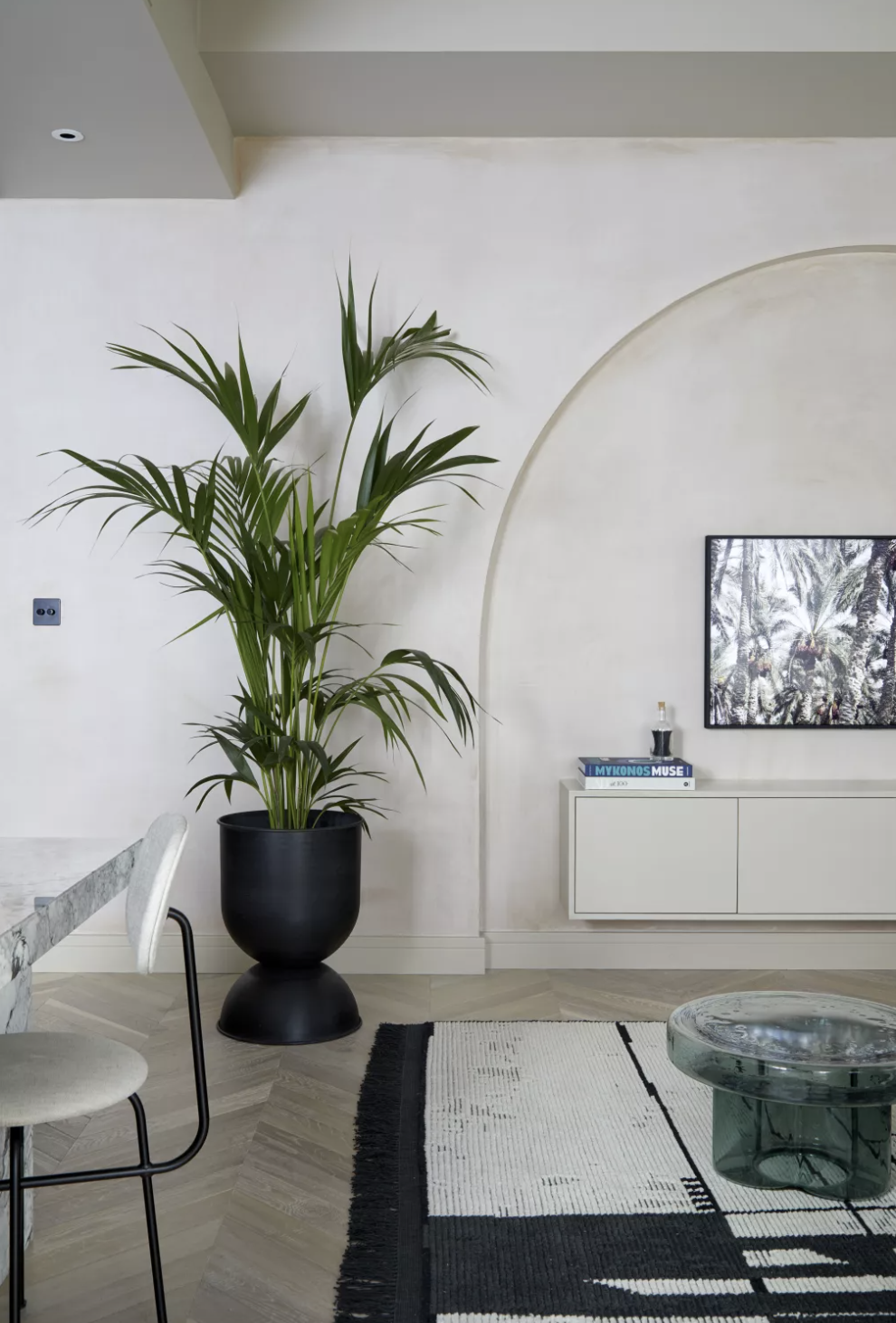
Last but not least, pests. They're an absolute nuisance and sadly, they happen to like parlor palms as much as we do. Decorating with plants is meant to beautify the space and that proves to be impossible when your pretty plants are bug-infested. So here's what you need to know to keep your ornamental plants pest-free.
Spider Mites
According to Vladan, these tiny pests cause yellowing and speckling of the fronds on parlor palms. He also tells us that you can expect webbing and leaf loss in severe infestations.
"Horticultural oils, such as neem oil or insecticidal soaps, can be used to treat pest infestations," he notes. "And if these treatments fail, or if the infestation is severe, miticides, such as spiromesifen, can be used."
This Harris Neem Oil Spray from Walmart is highly rated and easy to use on indoor plants. And if you ever find yourself using a systemic insecticide or miticide, Vladan implores that you follow the instructions on the label to ensure safe and effective application.
Mealy Bugs
"Mealybugs are soft-bodied insects covered with white and waxy cottony material," says Vladan. "They often hide on the undersides of the leaves or in leaf joints, where the leaves connect to the stem."
He tells us that these pests feed on plant sap and excrete a sticky substance known as honeydew. In his experience, he has found that mealybug infestation can cause leaf yellowing, stunted growth, or plant dieback.
"Mealybugs can be treated by dabbing them with a cotton swab dipped in rubbing alcohol, " he says. "Neem oil works well, and you can use systemic insecticides like dinotefuran in harsh cases."
Scales
Scales are another annoying pest that attacks parlor palms, and Vladan tells us that these insects feed on plant sap, thereby causing leaf yellowing and wilting.
"These insects have two life stages: crawlers and adults," he explains. "Both stages have to be targeted with different products for optimal pest control."
He notes that systemic insecticides, like acetamiprid, dinotefuran, and imidacloprid, are used for the crawler stage. On the other hand, he finds neem oil and other horticulture oils to be particularly effective for treating the adult stage.
Given all of these problems, it's easy to conclude that parlor palms are incredibly high maintenance. But they aren't as fussy as they seem. In fact, they're beloved for their low-maintenance nature.
On the off chance that they do fall ill, put these tips to work and it won't be long before you nurse them back to health.
FAQs
What Does an Overwatered Parlor Palm Look Like?

If you turn to your indoor plant corner and find widespread browning leaves in place of their usual lively green fronds, chances are you're overwatering your parlor palm. They don't like being drowned and aren't meant to be grown in waterlogged soil.
The one change to make at this point would be to reduce their water intake, ensuring that the soil dries between each watering. This will help you bring your parlor palm back to its sunny disposition.

Amiya is a Home Wellness Writer at Livingetc. She recently graduated with a Masters Degree in Magazine Journalism from City, University of London, and has lent her words to beauty, fashion, and health sections of lifestyle publications including Harper’s Bazaar and Women’s Health. Her experience as a research analyst has equipped her with an eye for emerging trends. When she’s off the clock, she can be found reading, listening to music, or overanalyzing her latest Co-Star update.
